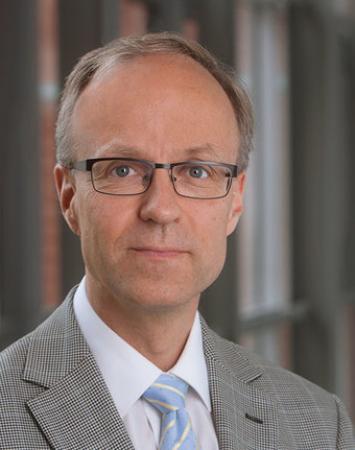
Per Helander
Per Helander
Max Planck Institute for Plasma Physics
Friday, September 20, 2019
3:00pm
Abstract: In most stellarators, the neoclassical energy losses are very large, and for this reason the magnetic field in Wendelstein 7-X was optimised to reduce such losses. As a result, the experimentally observed transport is mostly turbulent, but in certain plasmas fueled by cryogenic pellets the net energy transport is comparable to the neoclassical prediction. These plasmas offer an opportunity to experimentally verify the efficacy of the optimisation. By comparing with other stellarators, it is possible to conclude that the confinement in W7-X exceeds that achievable in other magnetic configurations, even if the turbulence is completely suppressed.
In most W7-X plasmas the electrons are heated by ECRH, and the ions only acquire energy indirectly from the electrons. In addition to ordinary collisional energy exchange, there is another mechanism by which ions are heated in plasmas with pellet injection. The pellet ablation cloud expands along the magnetic field and an electric field accelerates the ions in the cloud. These ions subsequently share their energy with the bulk-plasma ions through Coulomb collisions. Pellet injection is thus accompanied by a net transfer of thermal energy from electrons to ions. In W7-X, this mechanism can account for a substantial fraction of the ion heating power during pellet injection.
Bio: Professor Per Helander is Head of the Stellarator Theory Division at the Max Planck Institute for Plasma Physics in Greifswald Germany. He is a Scientific Member of the Max Planck Society and a Professor for Theoretical Physics at the University of Greifswald, where he teaches plasma physics, hydrodynamics and general relativity. His research interests include most areas of stellarator and tokamak physics. He received his PhD from Chalmers University of Technology in 1994, worked at MIT 1994-1995 and at the United Kingdom Atomic Energy Authority 1996-2006 before coming to Greifswald in 2006.